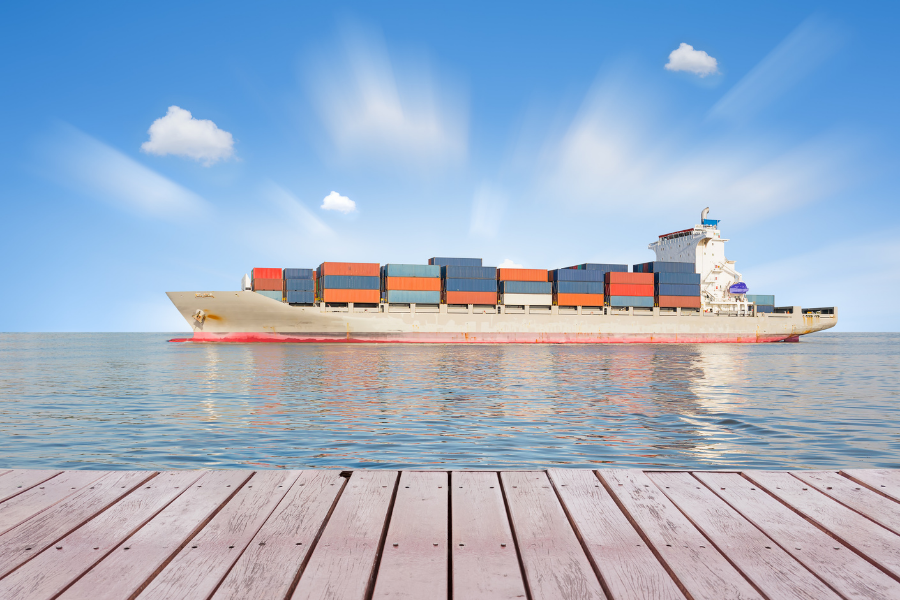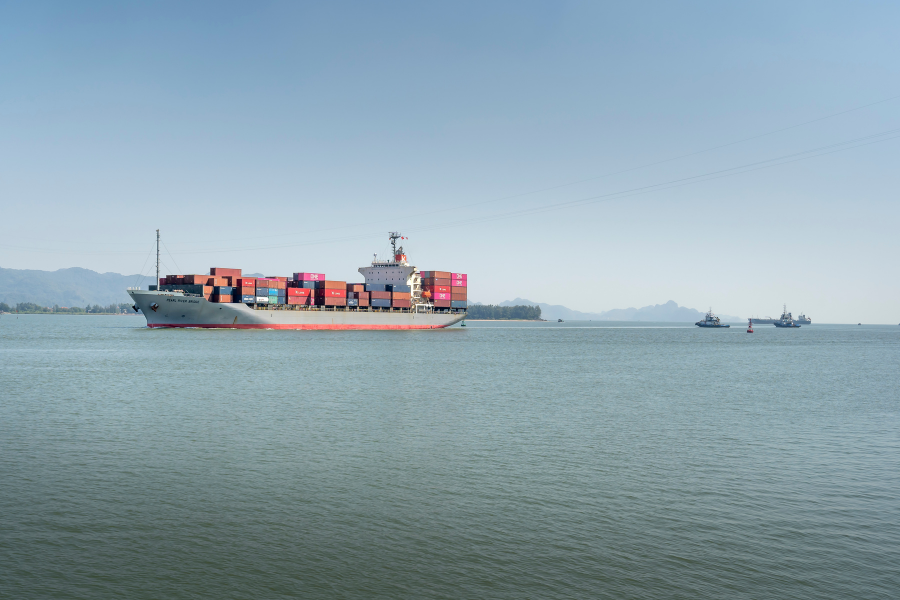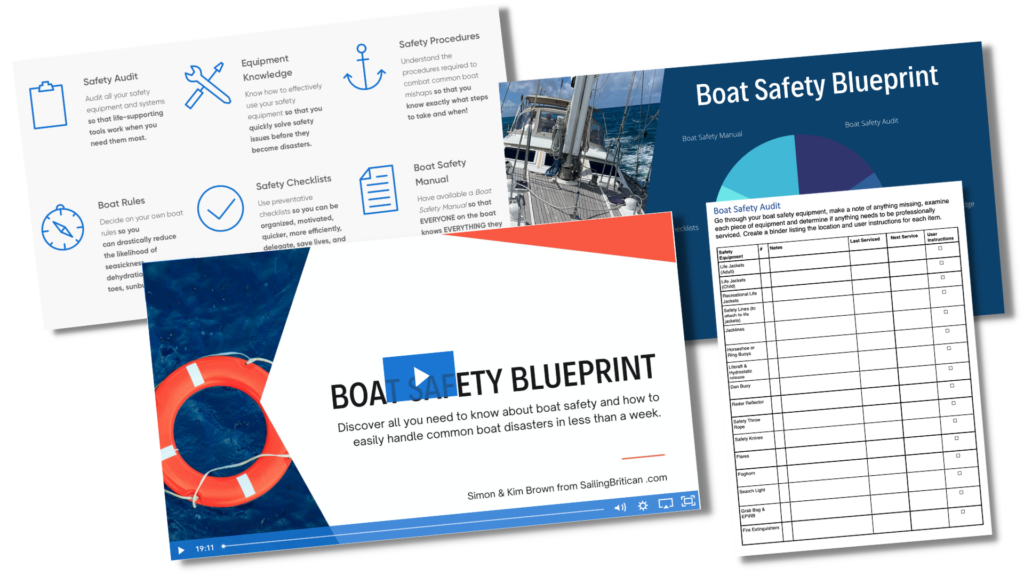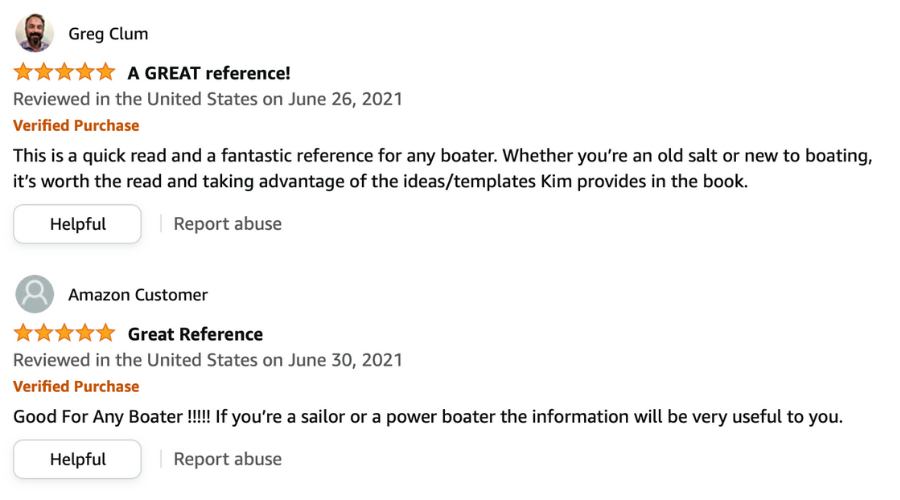Did you know that there are several steps you can take to ensure that you’re not bulldozed over by a ship while out sailing? Avoiding ship collisions is an important part of being a confident sailing cruiser.
Quite a few new sailors get nervous when tankers or cruise ships are in the area. Tankers are often going fast, sometimes their intentions are unknown and if you fail to avoid them correctly they can be right on top of you before you know it.
When those large ships get close, it can be SCARY.
So – how can you ensure you’re never mowed over by an ocean cruise liner or a cargo ship? What’s the gig with avoiding ship collisions?
The quick answer is to have a set procedure on how to deal with avoiding collisions and then work the procedure.
Outlined below are the three steps we take to avoid being run over by tankers.
You might be thinking, ‘I have AIS or radar and I can see what the ship is doing. I know how to avoid it.’ But what if your AIS goes down or what if the ship is not heading or moving the way that you expected it to do so?
Let me explain what we do on Britican to ensure we’re not run over by a tanker.
First of all, someone is in the cockpit and always on watch when we are sailing. When a tanker, or any other boat for that matter, comes up on our Plotter or we can see one visually, we immediately look at the CPA to determine how close we’re going to get and when. We then closely monitor the tanker until we’re out of danger.
The CPA is the Closest Point of Approach and tells you how close you’re going to get and at what time.
If our systems indicate that we’ll be going in front of a ship within two miles or less we know that we need to take action. The big idea here is that we have a procedure on Britican that prompts us to act way before there might be an issue.

Having a policy like this is important because it’s better to take action when you have time rather than having a huge ship barreling down on you.
Side note: we have a new course offering a video series providing a fully customizable Boat Safety Manual. Our Boat Safety Course outlines boat safety equipment, how to use it, boat procedures (Man Overboard, Loss of Engine, Taking on Water, etc.) in addition to policies like when to wear a life jacket, the shoe’s on deck, sunscreen policy, and more.
By the end of the course, you’ll have a Boat Safety Manual specific to your boat safety equipment. Additionally, you’ll have procedures and policies determined so that you know what you need to do to run a safe boat. Also, the manual acts as a fantastic way to get guests and crew up to speed with your boat, your rules! Full details on the course here: Boat Safety Course & Manual
Avoiding Ship Collisions
The second thing we do is determine if we can easily avoid the ship. When sailing, sometimes it’s difficult, or even impossible, to change our point of sail and at times we’ve had tankers doing funny things like circling outside of a port.
We had one incident at night where our navigation system and plotter went down, we were exhausted and just couldn’t figure out if our course was on a collision course with the tanker.
The main thing to understand here is that if there is any uncertainty as to whether you might get too close for comfort, action needs to be taken as soon as possible.
This is important because it’s not fun seeing the rivets on a tanker and wondering if you’re going to make it past it or not. Especially at night!
The third step we take, if there is any uncertainty, is to call the Captain of the ship over the VHF. If you have an AIS system it will give you the ship name and failing that you can hail them using a Lat/Long number or description of where they’re sailing. For example, over the VHF, you can announce “Tanker heading southbound along St Lucia outside Castries, this is Sailboat Britican, Britican, Britican, do you copy?’
The key to this step is that you’re contacting the ship’s Captain to let them know you’re around and determining the best course of action. This is important because you don’t want to die!

You might be thinking, Kim – it’s a big ocean. I can avoid tankers easily.
Over the past seven years, we’ve had a few close calls, and if it wasn’t for Simon contacting the Captain we could have been in a serious situation. Make sure to watch our Avoiding Ship Collisions Video
The interesting thing that we’ve discovered amongst many new sailors is that they don’t feel confident enough on the VHF radio to hail a ship’s Captain. Many new sailors cross a ship’s path, get the five loud ship beeps, and have to change their underpants. Some don’t get that lucky.
Several years ago I created a guide with several checklists and templates on how to easily, effectively, and professionally use the VHF.
The reason this guide is so special is that it provides the reader with easy and quick instructions on how to use the VHF in addition to the exact wording necessary to make a ship-to-ship call.

Gain Confidence Quickly
This guide enables users to quickly gain the confidence necessary to call a Ship’s captain or any other boat or marina in the area. Furthermore, the VHF Guide provides the necessary wording for MAYDAYs and other necessary VHF broadcasts. Not only a tool for avoiding ship collisions, but this guide will also help you in a variety of situations where the VHF needs to be used.
We help people to become confident sailing cruisers.
The way we do that is to provide a variety of guides, checklists, and templates so you can get up and running quickly. This VHF guide will enable you, or perhaps your reluctant partner, to take command of the VHF and use it to ensure you’re safe.
If you click the link you can get a crash course in how to use the VHF in addition to templates on what to say and how to say it.
This guide will soon be increasing in price so click the link today while it’s still at this price point. Get more information about why this guide will benefit you here: VHF Radio Checklists and Templates for Sailors.
Make sure to get your copy today (and check out some special offers too): https://sailingbritican.com/vhf-radio-checklists-for-sailors-guide/
Make Sure Your SAFE Before Heading Out To Sea!
Watch our Boat Safety Blueprint Video and get a copy of our Boat Safety Audit checklist. Request access here: Boat Safety Blueprint & Audit
Any questions or comments about avoiding ship collisions?
Please leave them below.
